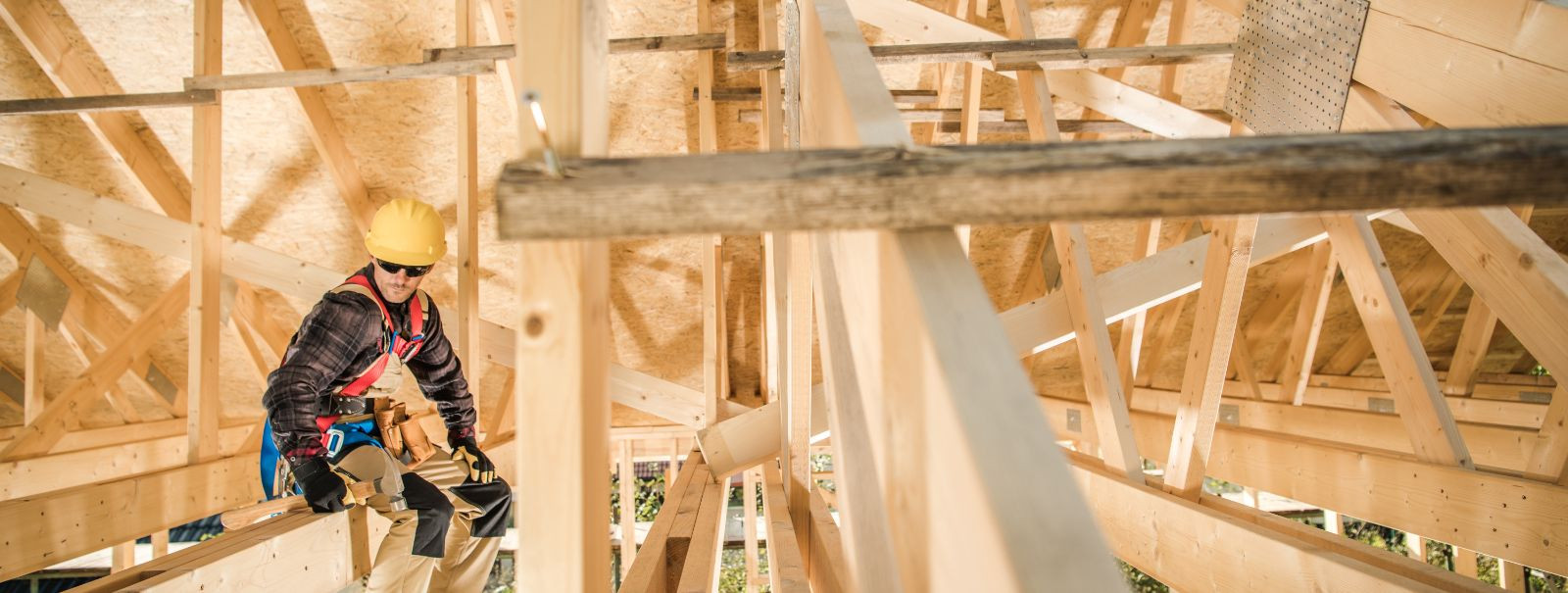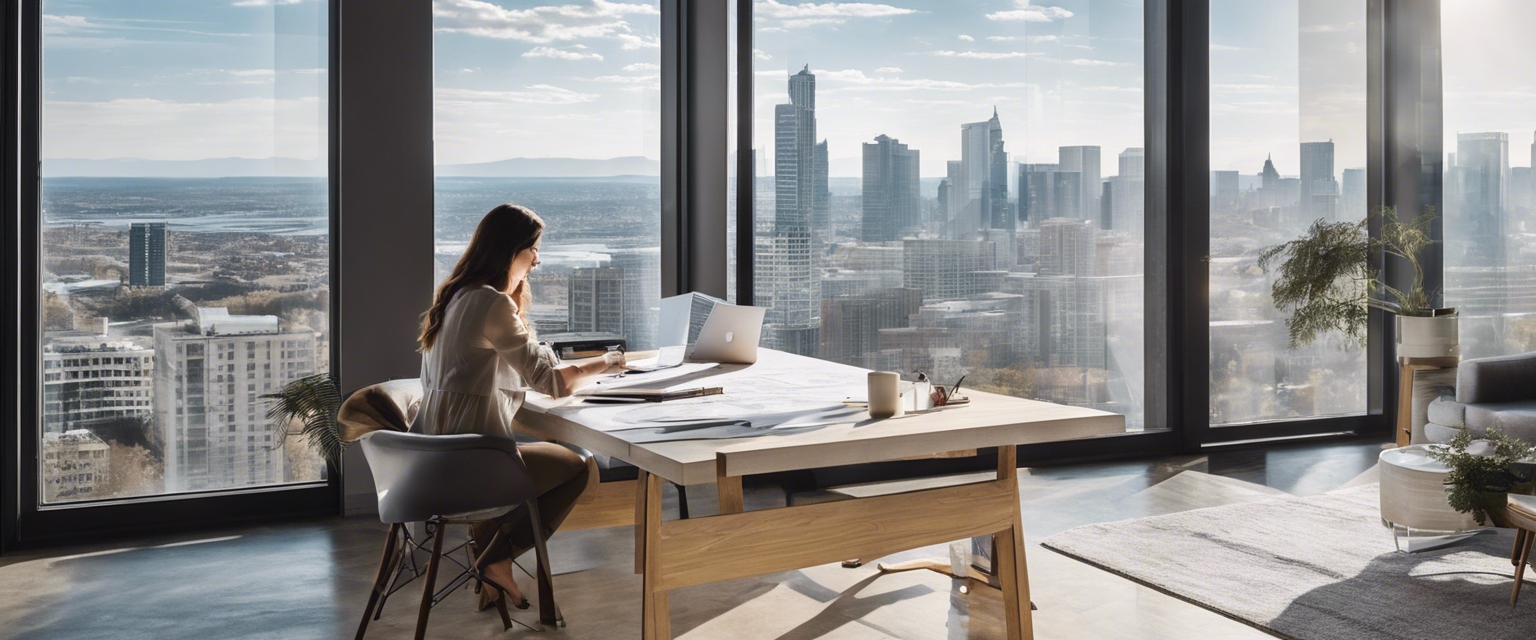The ultimate guide to eco-friendly building
Eco-friendly building, also known as green building or sustainable construction, refers to the practice of creating structures and using processes that are environmentally responsible and resource-efficient throughout a building's life-cycle: from siting to design, construction, operation, maintenance, renovation, and demolition. This approach prioritizes the conservation of natural resources, reduction of waste and pollution, and the promotion of health and well-being for its occupants.
Sustainable construction is not just a trend; it's a necessary shift in how we think about our built environment. With the growing awareness of climate change and its impact, eco-friendly building practices are becoming increasingly important. They offer a way to reduce our carbon footprint, conserve resources, and create healthier living spaces for occupants, all while addressing the pain points of our target audience who seek reliable, high-quality materials and innovative solutions.
Key Principles of Eco-Friendly Building
One of the core principles of eco-friendly building is energy efficiency. This involves designing buildings that make the most of natural light, use energy-efficient appliances and systems, and incorporate renewable energy sources like solar or wind power. Energy-efficient buildings not only help reduce greenhouse gas emissions but also lead to significant cost savings over time.
Water conservation is another crucial aspect of sustainable building. This includes the use of low-flow fixtures, rainwater harvesting systems, and efficient landscaping that requires minimal irrigation. By focusing on water conservation, buildings can significantly reduce their impact on local water resources and promote a more sustainable use of this vital commodity.
Selecting the right materials is essential for eco-friendly construction. Materials should be sustainably sourced, recyclable, and have a low environmental impact during production and disposal. This includes using reclaimed or recycled materials, rapidly renewable resources like bamboo, and products with low volatile organic compound (VOC) emissions to ensure better indoor air quality.
Indoor environmental quality (IEQ) is about creating a comfortable interior environment that promotes the health and well-being of occupants. This involves using materials and finishes that do not emit harmful chemicals, ensuring adequate ventilation, and maintaining optimal levels of temperature and humidity.
Responsible site planning and land use are also integral to eco-friendly building. This means selecting sites that minimize disturbances to the natural environment, utilizing existing infrastructure, and designing landscapes that support local ecosystems.
Strategies for Eco-Friendly Building
The design and architecture of a building play a significant role in its sustainability. Eco-friendly design includes the orientation of the building for maximum solar gain, the use of passive solar heating and cooling, and the incorporation of green spaces such as living roofs and walls.
Incorporating renewable energy sources into building designs is a powerful way to reduce reliance on fossil fuels. Solar panels, wind turbines, and geothermal systems are examples of renewable energy technologies that can be integrated into buildings to generate clean energy.
Choosing green insulation and building materials is essential for creating an energy-efficient envelope for the building. Materials like cellulose, cork, and sheep's wool not only provide excellent insulation but are also sustainable and have a lower environmental impact than traditional insulation materials.
Water-saving fixtures and systems are key components of an eco-friendly building. Dual-flush toilets, low-flow showerheads, and faucet aerators are simple upgrades that can lead to significant water savings. Greywater and rainwater harvesting systems take water conservation to the next level by reusing water for non-potable purposes.
Smart home technology can greatly enhance a building's sustainability. Automated systems for lighting, heating, and cooling can optimize energy use, while smart sensors can detect and address water leaks and other inefficiencies in real time.
Challenges and Solutions in Eco-Friendly Building
Despite the benefits, there are challenges to eco-friendly building, such as higher upfront costs, limited availability of green materials, and a lack of knowledge or expertise in sustainable practices. However, with careful planning and the right approach, these obstacles can be overcome.
Innovative solutions such as modular construction, 3D printing with sustainable materials, and the use of biodegradable resources are paving the way for more accessible and affordable eco-friendly building options.
Implementing Eco-Friendly Practices in Your Projects
Implementing eco-friendly practices doesn't have to be an all-or-nothing approach. Starting with small, manageable changes can lead to significant improvements in sustainability over time. Simple steps like switching to LED lighting or choosing low-VOC paints can make a difference.
Choosing to work with suppliers and contractors who prioritize eco-friendly products and practices is crucial for ensuring that your projects align with sustainable goals. INDAGOM OÜ is committed to providing high-quality, sustainable solutions for your building needs.
Staying informed about the latest trends and innovations in green building is essential for any professional in the industry. By keeping up-to-date, you can incorporate cutting-edge sustainable practices into your projects, ensuring they are as eco-friendly as possible.






Comments (0)